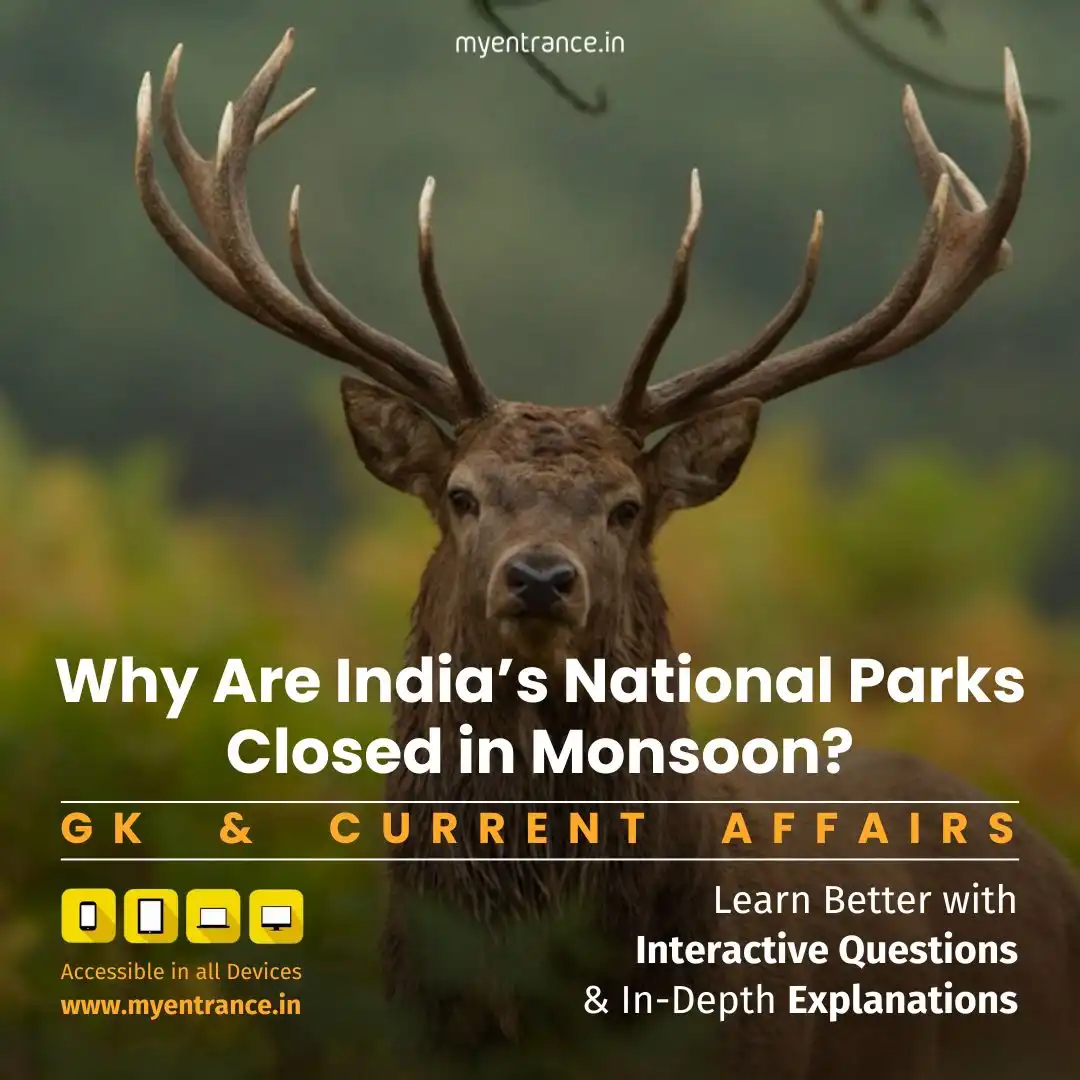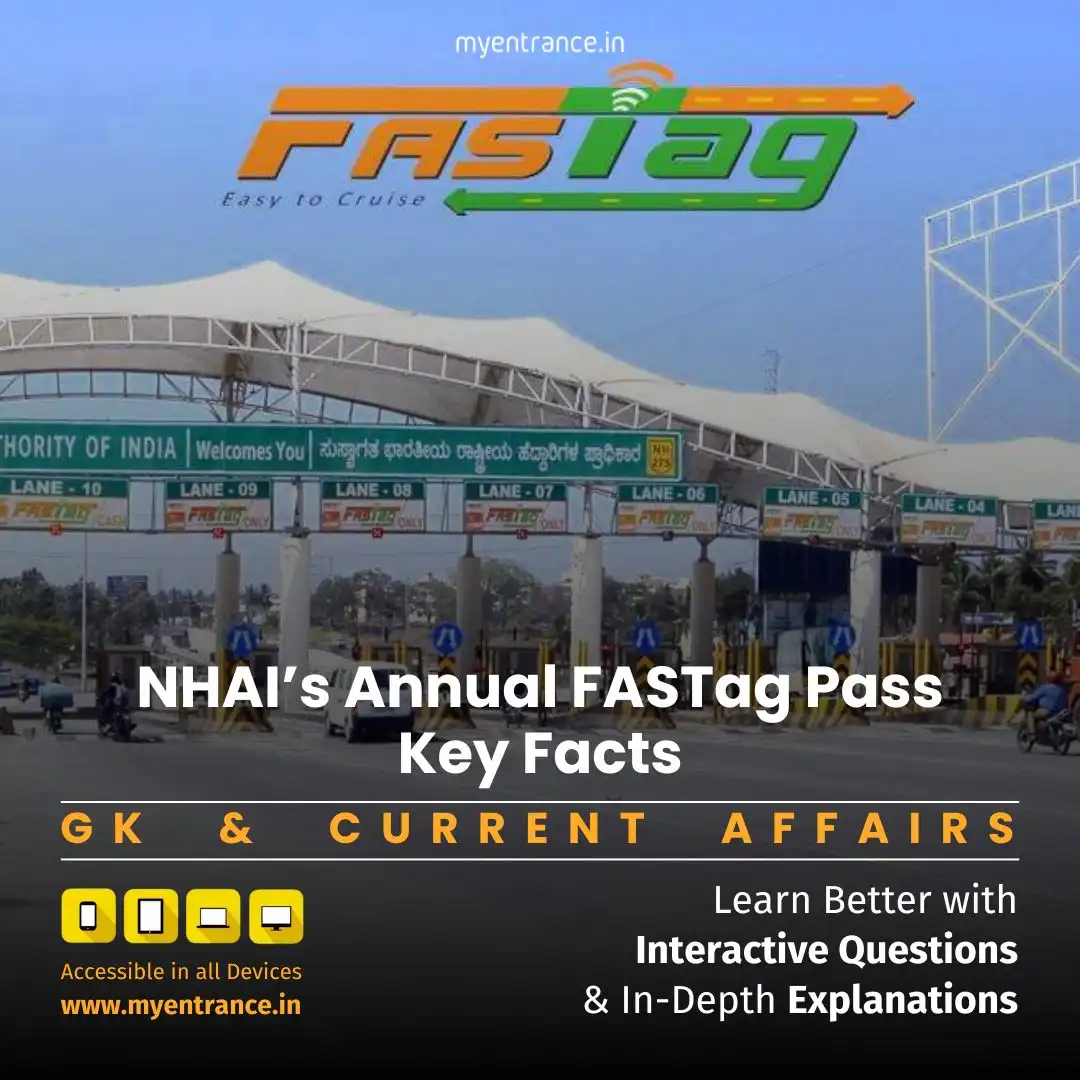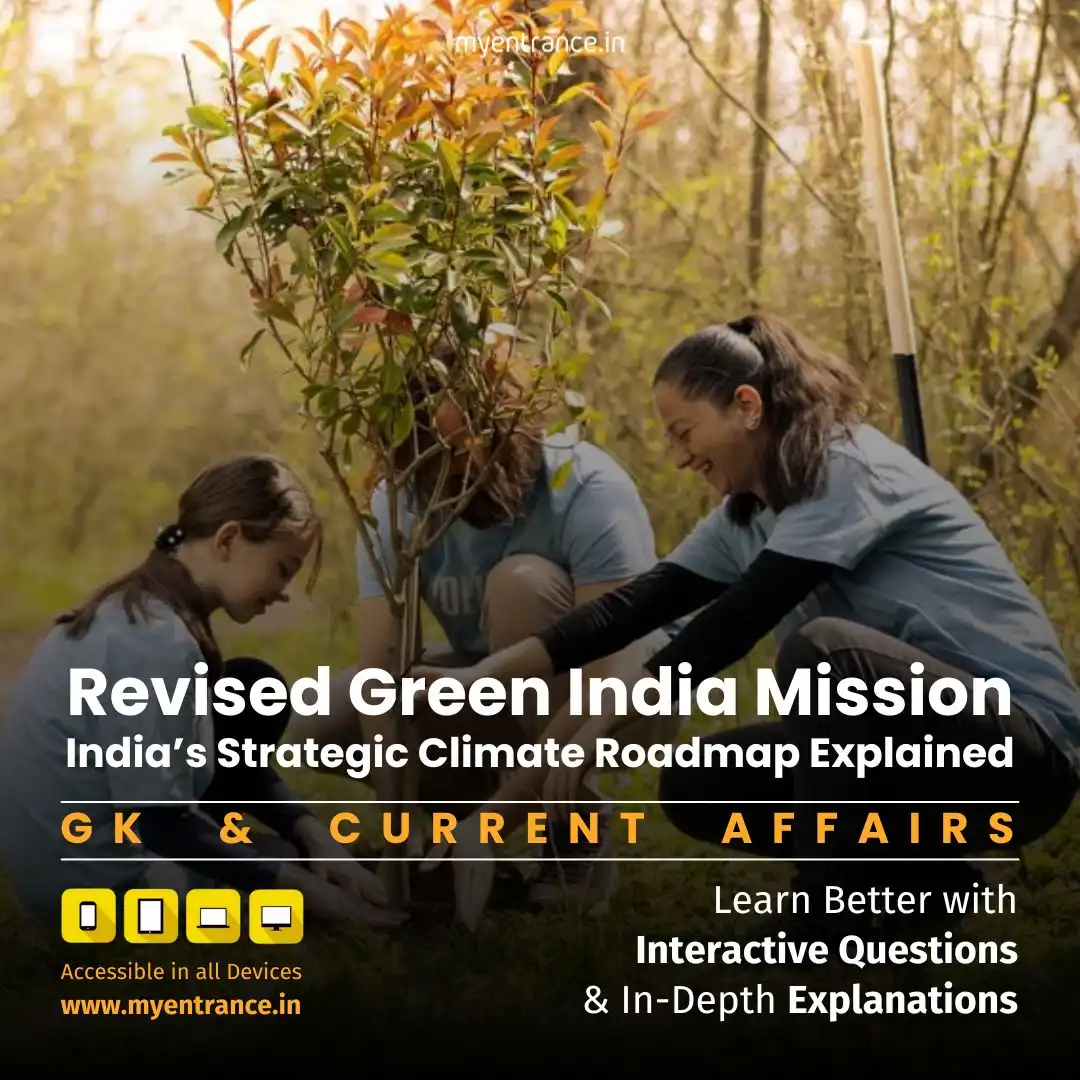Select Language
The Reason Behind Monsoon Closures in Indian National Parks: Current Affairs
Planning a wildlife safari but disappointed to find national parks closed during monsoon? This temporary shutdown is crucial for wildlife conservation and visitor safety. Let’s explore why parks like Corbett, Ranthambore, and Kaziranga remain off-limits in the rainy season.

Why Do National Parks Close During Monsoon?
1. Breeding Season for Wildlife
The monsoon season is a critical time for animal breeding in India’s national parks.
Heavy rains lead to dense vegetation, providing a natural nursery for tigers, leopards, elephants, and birds.
Human presence can disrupt mating rituals and endanger newborn animals.
Temporary closure helps maintain ecological balance and supports healthy wildlife populations.
2. Safety Risks for Visitors
Monsoon brings unpredictable weather, making safaris risky.
Heavy rainfall causes landslides, flash floods, and waterlogged trails.
Forest roads become slippery, increasing the chances of accidents.
Park authorities prioritize tourist safety by restricting access.
3. Essential Park Maintenance
The closure period allows park officials to carry out necessary upgrades.
Damaged roads, bridges, and safari trails are repaired.
Anti-poaching measures and forest patrols are strengthened.
Facilities like watchtowers and rest houses undergo maintenance for the next tourist season.
Major National Parks Closed During Monsoon
1. Jim Corbett National Park (Uttarakhand)
Closure Period: June to October/November
Reason: Flooding risks in Dhikala and Bijrani zones.
2. Ranthambore National Park (Rajasthan)
Closure Period: July 1 to September 30
Exception: Zones 6-10 remain open for limited safaris.
3. Kaziranga National Park (Assam)
Closure Period: May to October
Reason: Severe flooding submerges large areas, making safaris impossible.
4. Dudhwa Tiger Reserve (Uttar Pradesh)
Closure Period: Monsoon months (varies yearly)
Reason: Heavy rains disrupt accessibility.
When Do National Parks Reopen?
Most parks reopen by October, once the monsoon subsides.
Fresh greenery and active wildlife make it an ideal time for safaris.
Early bookings are recommended as demand surges post-monsoon.
Sample Questions & Answers (FAQs)
Q1. Why do national parks close during monsoon?
A: They close to protect wildlife breeding, ensure visitor safety, and allow park maintenance.
Q2. Can I visit any part of Ranthambore in monsoon?
A: Yes, Zones 6-10 remain open, but the core areas are closed.
Q3. When does Jim Corbett reopen after monsoon?
A: Most zones reopen by October or November, depending on weather conditions.
Q4. Is Kaziranga accessible during monsoon?
A: No, heavy flooding forces a complete shutdown from May to October.
Q5. What happens to animals during park closures?
A: They thrive without human interference, breeding and feeding in peace.
Most Predicted Questions
Comprehensive study materials, Expert-guided tips & tricks, Mock tests and instant results.
Start your SSC, NIFT, NID, FDDI, PSC journey today with MyEntrance, your ultimate online coaching platform.















